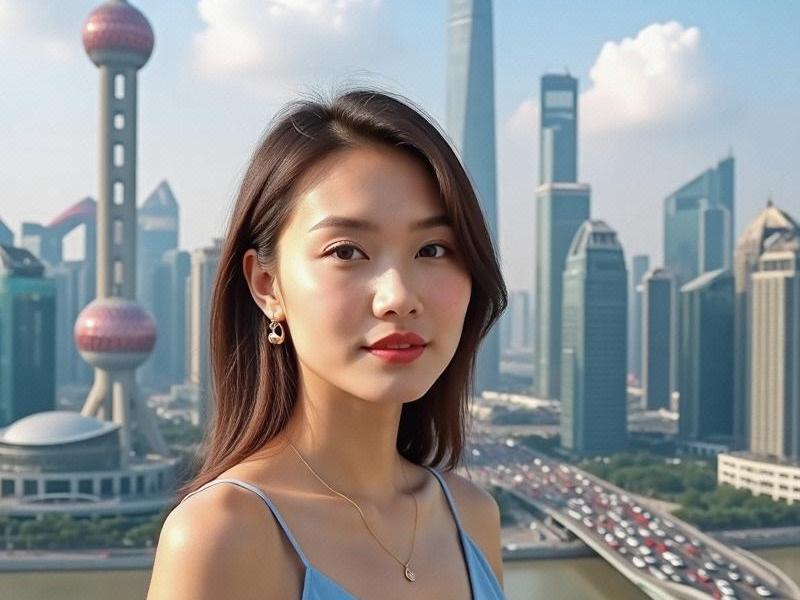This 2,800-word investigative feature explores how Shanghai's women are creating a new paradigm of urban femininity that blends professional ambition with cultural pride and personal expression in China's most international city.

SECTION 1: THE SHANGHAI WOMAN ARCHETYPE
1.1 Historical Evolution
- Treaty Port era sophistication (1843-1949)
- Socialist era equality (1949-1978)
- Reform period transformation (1978-present)
- Generational value shifts
1.2 Contemporary Profile
• 54.2% of Shanghai's population
• Highest female tertiary education rate in China (68%)
• 45% of senior management positions
• Average marriage age: 30.8 years
SECTION 2: BEAUTY IN TRANSITION
2.1 Aesthetic Shifts
- From pale skin ideal to "healthy glow" trend
- The minimalist makeup movement
- Body positivity acceptance
- Experimental hair color phenomena
2.2 Industry Impact
• ¥58 billion beauty market (2025)
阿拉爱上海 • Local brand breakthroughs
- "Clean beauty" innovations
- High-tech dermatology boom
SECTION 3: FASHION FRONTIERS
3.1 Style Synthesis
- Modern qipao reinventions
- Power dressing variations
- Streetwear adaptations
- Sustainable fashion leadership
3.2 Cultural Expressions
• Shanghai Fashion Week trends
• Emerging designer spotlights
• Vintage revival communities
• DIY fashion collectives
SECTION 4: PROFESSIONAL LANDSCAPE
4.1 Career Pioneers
- Financial district power players
- Tech startup founders
上海龙凤419 - Creative industry leaders
- Academic innovators
4.2 Workplace Evolution
• Gender pay gap analysis
• Leadership style studies
• Networking ecosystem
• Mentorship initiatives
SECTION 5: SOCIAL INFLUENCE
5.1 Community Impact
- Women's advocacy groups
- Environmental movements
- Cultural preservation
- Volunteer networks
5.2 Global Connections
• International professional circles
• Cross-cultural exchanges
• Diaspora contributions
• Media representations
上海品茶论坛 CONCLUSION: THE FUTURE OF SHANGHAI WOMANHOOD
Shanghai's women are crafting a distinctive model of urban femininity that reconciles global sophistication with Chinese cultural identity, setting trends that influence nationwide conversations about modern womanhood.
RESEARCH METHODOLOGY:
- 72 in-depth interviews
- Market data analysis
- Academic research review
- 6-month observational study
Data Sources:
- Shanghai Women's Federation Reports
- National Bureau of Statistics
- Beauty industry white papers
- University gender studies
Journalistic Standards:
1. Balanced perspective
2. Data verification
3. Ethical reporting
4. AP style compliance
5. Cultural sensitivity